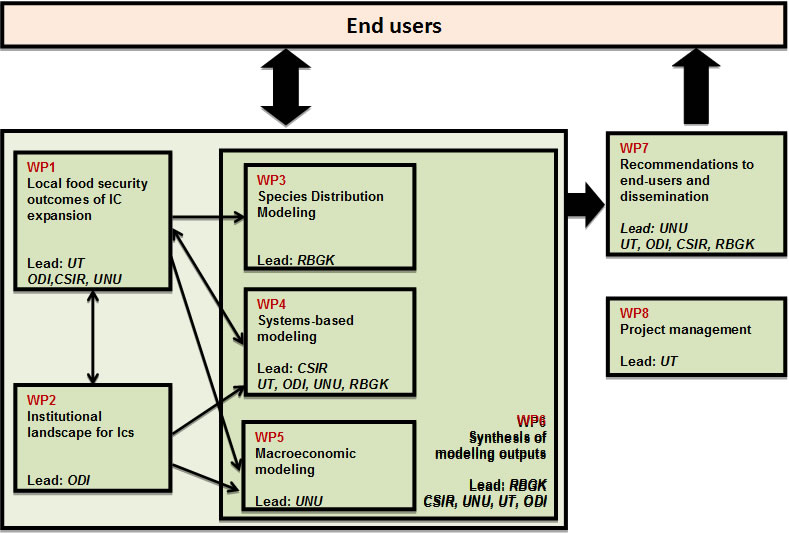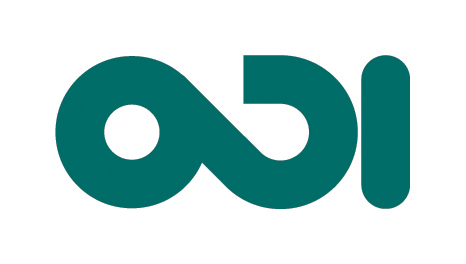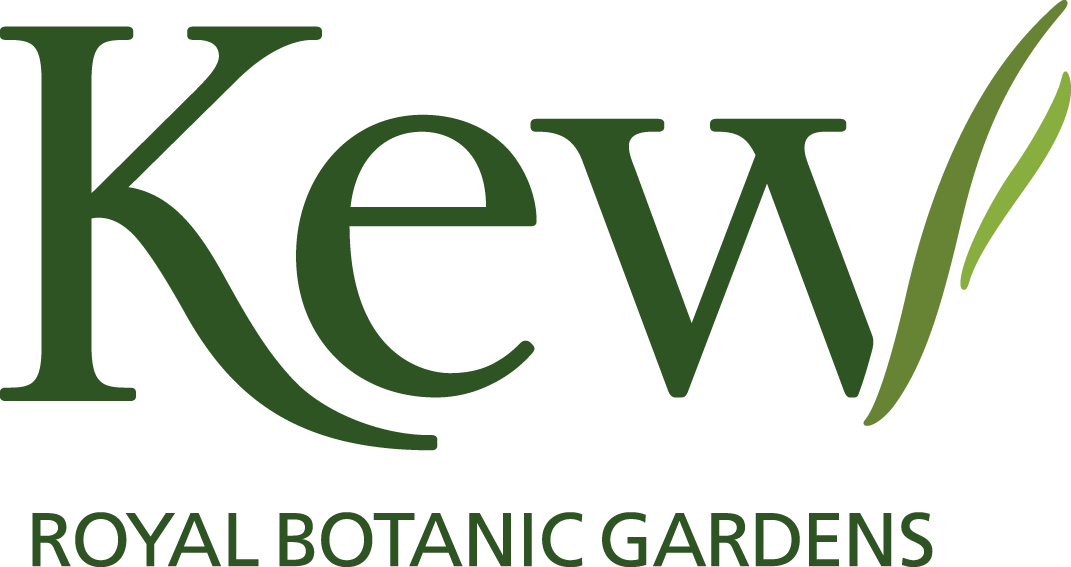We study food security outcomes across different industrial crops (sugarcane, jatropha, cotton, tobacco), modes of productions (large plantations, smallholders, outgrowers), spatial (local, national, regional) and temporal scales (historical analysis, scenario modeling) using various analytical approaches.
FICESSA consists of 8 interlinked work-packages
- WP1: Local food security outcomes of industrial crop expansion
-
- identify the mechanisms through which industrial crops compete for land with food crops in Sub-Sahara Africa
- identify the mechanisms through which land use change effects due to this competition, affect local food security
- assess the local food security outcomes of operational industrial crop projects in 5 African countries
- WP2: Institutional landscape for industrial crops
-
- identify the main stakeholders involved in industrial crop and food security issues in the five study countries
- identify existing agricultural development and food security policies in the five study countries
- analyse the evolution of these policies and their implication for food security
- WP3: Species Distribution Modeling (SDM)
-
- develop state-of-the-art SDMs with a special focus on crop modelling, applying them to different species of industrial crops, food crops, Wild Crop Relatives (WCRs), minor food plants, and pests
- identify robust bioclimatic and environmental envelopes for these species and the potential regions available for each target species in Sub-Sahara Africa
- incorporate information about non-climate parameters such as plant traits, crops’ genetic composition, or land use in the modelling approach
- project future available areas for each target species under a range of climate change scenarios
- assess areas for present and future expansion in the light of current/projected land use change and vegetation sensitivity to climate variability
- assess plant functional traits able to maximise productivity and resilience
- WP4: Systems-based modeling
-
- develop systems-based models of the positive and negative feedbacks between industrial crop expansion, land use change and national/local food security,
- validate and apply these models for one of the study countries
- WP5: Macroeconomic modeling (Computable General Equilibrium modeling, CGE)
-
- refine and customize a CGE model to capture food security outcomes due to industrial crop expansion
- evaluate the economy-wide implications of large-scale IC investments for a case country
- WP6: Synthesis of modeling outputs
-
- ensure all modelling components are properly informed by field data
- facilitate iterative modelling exercises between work-packages
- develop integrated conclusions from all modelling components
- WP7: Recommendations to end-users and dissemination of results
-
- establish a dissemination strategy that will allow the coordinated dissemination of research findings across FICESSA and maximize their impact
- develop a set of recommendations to various end-users
- facilitate science-policy-society interface and engagement with end-users
- WP8: Project management
-
- coordinate the research and dissemination activities of FICESSA
- facilitate communication between FICESSA and the Belmont Forum Secretariat








